Royal Marines have carried out covert boarding operations in the eastern Baltic Sea as part of preparations for a new NATO role focused on rapid-response special operations, the Royal Navy stated.
The deployment, known as Exercise Baltic Dawn, marks the final stage of training for the UK’s Special Operations Maritime Task Group (SOMTG).
From next year, the unit will provide NATO with a maritime force capable of deploying at short notice to conduct missions such as recapturing vessels, securing offshore infrastructure, and carrying out covert coastal raids.
The task group brings together Royal Navy and Commando Force specialists, including pilots, engineers, and boat operators. Its validation for front-line duties with NATO’s Allied Reaction Force is scheduled for January 2026.
During Baltic Dawn, personnel from Plymouth-based 42 and 47 Commando launched small boats from support ship RFA Lyme Bay to conduct boarding drills before linking up with the British Army’s 3 Ranger Battalion for a joint raid on Saaremaa, an island off Estonia’s west coast.
“Exercise Baltic Dawn reaffirmed what Commando Forces have always stood for – the ability to strike unpredictably from the sea, anywhere, at any time,” said Major Adam Kidson, Officer Commanding SOMTG. “By operating from a Royal Fleet Auxiliary platform and conducting complex Maritime Interdiction Operations, we’ve expanded our reach and flexibility.”
He added that “the spirit of adaptability and relentless pursuit of excellence” shown by his troops ensured the task group was ready for NATO’s upcoming evaluation.
According to the Royal Navy, Baltic Dawn is part of Exercise Tarassis, a wider series of multinational military activities under the Joint Expeditionary Force (JEF) framework. Spread across Norway, Finland, Latvia, and the eastern Baltic, Tarassis involves thousands of troops, aircraft, and ships operating across northern Europe to test allied cooperation and readiness.
The Army’s Special Operations Brigade also took part. An unnamed Officer Commanding Special Operations Task Group B said in the statement that “Exercise Baltic Dawn provided an opportunity for a Special Operations Land Task Group to enable a Maritime Task Group infiltrating over the beach to successfully conduct a joint raid.”
The Royal Navy stated that the Baltic drills follow a separate Arctic deployment, during which Royal Marines trained with Norwegian forces to refine amphibious operations and logistics in cold-weather conditions. Both exercises form part of the UK’s contribution to strengthening NATO’s northern flank and testing new ways of integrating land and maritime special operations forces.


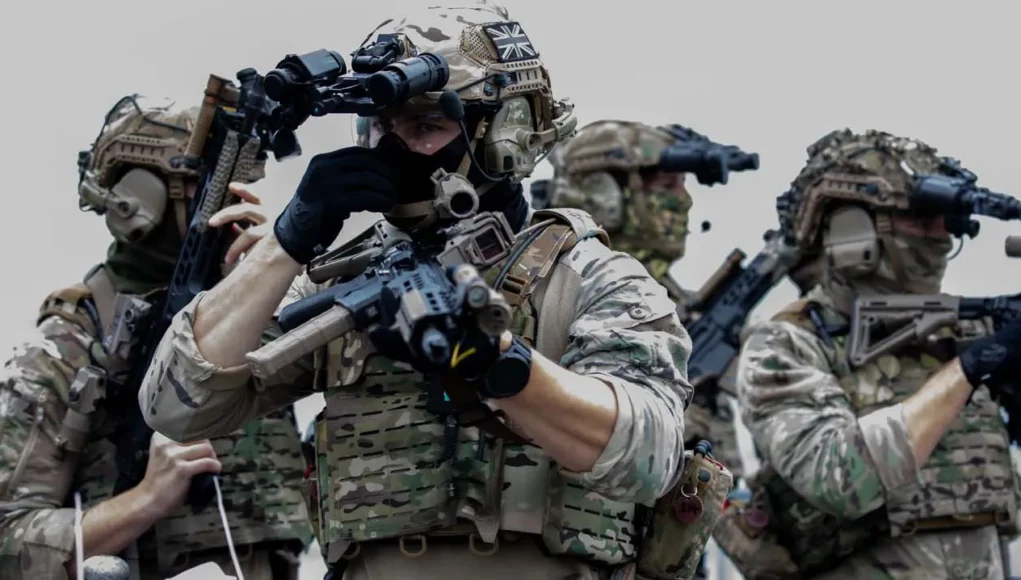

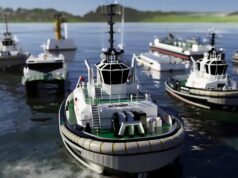


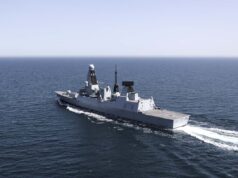

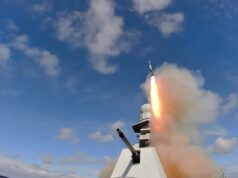
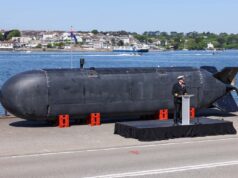
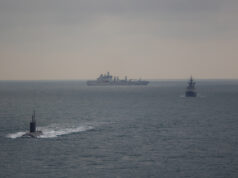
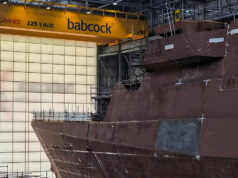

“maritime force capable of deploying at short notice to conduct missions such as recapturing vessels, securing offshore infrastructure, and carrying out covert coastal raids.”
Sounds like Commachio Group from the 80s, minus the covert coastal raids bit. But it’s all “new.” SPMTG is a new one on me at least, and good to see the RM and ASOB sides of our Special Operations forces conducting such joint training.
““Exercise Baltic Dawn reaffirmed what Commando Forces have always stood for – the ability to strike unpredictably from the sea, anywhere, at any time,”
Yes, while one of the 3 Bays is available. Recently there were no Bays available at all, and the RM have had their supporting amphibious ship assets reduced from 8 vessels to 3. So an enemy seeing our few ships laid up for lack of crew or in refit narrows the unpredictability bit down somewhat if they use RN RFA assets.
“By operating from a Royal Fleet Auxiliary platform and conducting complex Maritime Interdiction Operations, we’ve expanded our reach and flexibility.”
How exactly, with a less capable asset as a platform? Do the RM have new long range Strike Drones, longer ranged artillery, extra air support, a Brimstone overwatch type capabilty or replacements for the LCVPs or LCUs as faster ship to shore connectors? Not that I’m aware of, unless they got Switchblade.
Reach implies a helicopter, how many of those operate from a Bay with no hanger unless a temporary one is added to the deck?
At least the LPDs had a well dock that could carry several landing craft.
CHF has also lost a Merlin after it ditched in the sea, and it goes without saying HMG are not replacing it, so no increase in air power, and 847 NAS Wildcat is I assume still as unarmed as its Army equivalents. In fact, I believe they are all Army machines.
Plus side, I’m aware that the RM have acquired DAGOR MZR D4 UTVs, a new individual weapon, personal comms, new uniform, and small Drones. All in defence terms extremely cheap purchases, while their enablers and greater firepower have been allowed to wane on the alter of defence cuts spun as a “retirement” and a positive.
Hmm, sounds more like the job description of the SBS?
Yes, the thought occurred to me too, as they have/had the * * * themselves, for the RM Coxwains and boats they use.
SFSG was supposed to free up the SAS for other strategic tasks, maybe this frees up the SBS as well?
Well SOF and SF mission do share the same mission sets after all.
Yep, up to a point though.
Hi Daniele, I think operating from an RFA vessel adds a high degree of unpredictability to operations – no one will ever know when one is fully crewed and available for service!
Very much this!! 🙄
SOMTG and SOLTG are NATO terms, not UK doctrine or UK permanent formations.
Also weird to see that Task Group has made it’s way into open source releases.